“Anatomy” of the right wine packaging
Purpose of wine packaging
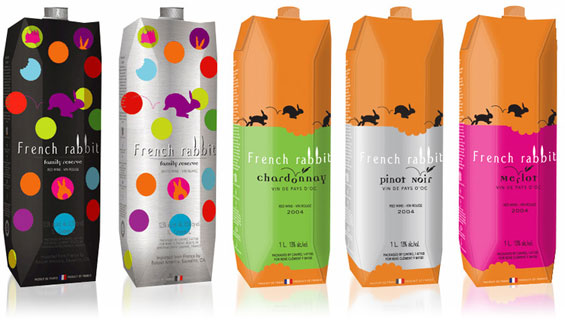 Wine is one of the most popular beverages in Greece, and worldwide. Its quality depends on various factors, such as the type of grapes that are used, their harvest, their fermentation process, and of course, their type of packaging. In ancient times wine’s preservation, storage and transportation was carried out by amphorae. Many changes have been made regarding wines’ ways of packaging, from then. In present days wine’s packaging is crucial through the process of production, distribution, and product’s condition until it is consumed.
Wine is one of the most popular beverages in Greece, and worldwide. Its quality depends on various factors, such as the type of grapes that are used, their harvest, their fermentation process, and of course, their type of packaging. In ancient times wine’s preservation, storage and transportation was carried out by amphorae. Many changes have been made regarding wines’ ways of packaging, from then. In present days wine’s packaging is crucial through the process of production, distribution, and product’s condition until it is consumed.
The appropriate packaging of wine in each case must meet the following conditions:
It should:
- limit wine’s exposure to oxygen, to light and to high temperatures
- be compatible with content and not be toxic
- preserve its organoleptic characteristics until it is consumed
- be attractive to consumers: because of intense competition, packaging must differentiate the product
- have low cost because of packaging’s mass production, and give added value to the brand, as well
- facilitate its distribution in the supply chain and in distribution channels
- be environmentally friendly: recycling helps preventing environmental pollution and often reduces packaging costs
- have a high printing quality
- be safe for consumers and follow the legal regulations of both Greek and European legislation
- Indicate on all the necessary information regarding the composition of the content such as name, ingredients, expiry date etc.
General trends in the wine-industry
The development of new technologies in wine production process (cultivation, harvesting, vinification process, bottling, and storage) led to the production of better quality products. Greek wine producers have stepped to another level concerning the production of high-quality, bottled wine and some of their branded wines have increased their sales and have built a strong brand name globally due to their packaging!
In present days, wine producers prefers more flexible, lighter and low-cost packaging, which requires less storage space, is recyclable and can be re-used, too.
Glass bottles
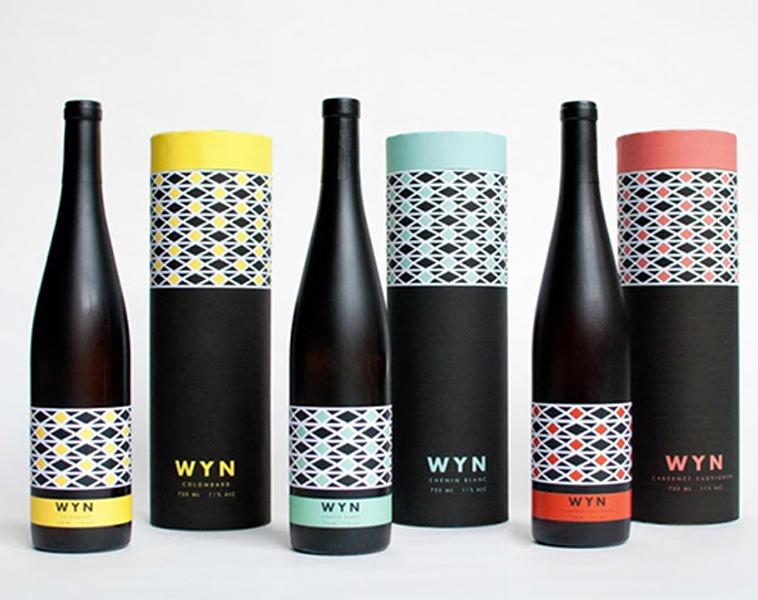 Bottle has been the dominating type of wine packaging for hundreds of years. It is recyclable, reusable and at the same time ensures wine’s aging without the risk of odor absorption. It is also impervious to light (when it is properly colored) and thus prevents sun from damaging the product.
Bottle has been the dominating type of wine packaging for hundreds of years. It is recyclable, reusable and at the same time ensures wine’s aging without the risk of odor absorption. It is also impervious to light (when it is properly colored) and thus prevents sun from damaging the product.
On the other hand, because of its weight, glass bottle contributes to the increase in greenhouse gas emissions. Despite the operational disadvantages (such as its ease of breaking and weight), consumers fancy a lot this kind of wine packaging.
Cork VS cap
Porous cork helps the wine to breathe so aging can be appropriately implemented. 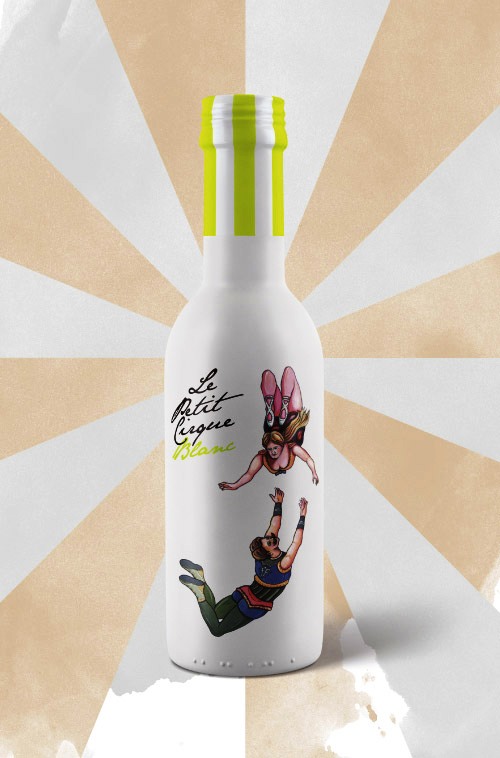 On the other hand screw cap is one of the most preferred sealing methods. Unlike cork, it keeps the wine fresh for a long time. This method of sealing a bottle ideal for fruity, fresh wines that need to be consumed while still “young”.
On the other hand screw cap is one of the most preferred sealing methods. Unlike cork, it keeps the wine fresh for a long time. This method of sealing a bottle ideal for fruity, fresh wines that need to be consumed while still “young”.
Bag-in-Box
An alternative method of wine packaging, is pouch. It is widespread-used, it occupies less space during transportatio n and storage, it is recyclable and biodegradable. However, it keeps the wine fresh for a short time, and content must be consumed from 6 months to one year, after its packaging.When bottling in the Bag-in-Box, the existing air is completely removed, so while consuming wine the package shrinks. This kind of packaging is ideal for Greek-bulk-wines served in Greek restaurants abroad.
n and storage, it is recyclable and biodegradable. However, it keeps the wine fresh for a short time, and content must be consumed from 6 months to one year, after its packaging.When bottling in the Bag-in-Box, the existing air is completely removed, so while consuming wine the package shrinks. This kind of packaging is ideal for Greek-bulk-wines served in Greek restaurants abroad.
Tetra-Pak boxes
They look like Bag-in-Box. Their biggest advantage is their small weight, and they are recyclable, too. They are often manufactured by two or more materials.
Plastic bottles (PET)
The production process of PET bottle (polyethylene terephthalate) uses less energy in comparison with the other kinds of wine’s packaging; is the result of excellent technology, and looks similar to glass bottles of wine. In fact, it is enhanced with filters to protect the content from light and have also a coating over that prevents the oxygen for getting in. It is based on oil-formula and it is not biodegradable.
They are easy-to-use, unbreakable, lightweight, a safe way during transportation and throughout its use. Wine in PET, must be consumed from six months to two years. This particular form of packaging is used even for bottling of special wines abroad, such as “Beaujolais”.
Aluminum boxes
Aluminum boxes provide to the content a very fast cooling, do not crumble, are recy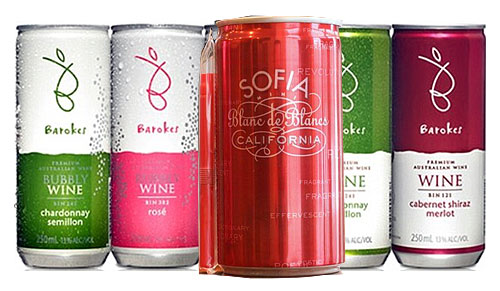 clable, and completely block-light. Wine must be drunk within six months to one year.
clable, and completely block-light. Wine must be drunk within six months to one year.
Keg-tug
It is a cheap way of packaging: a keg-tank contains a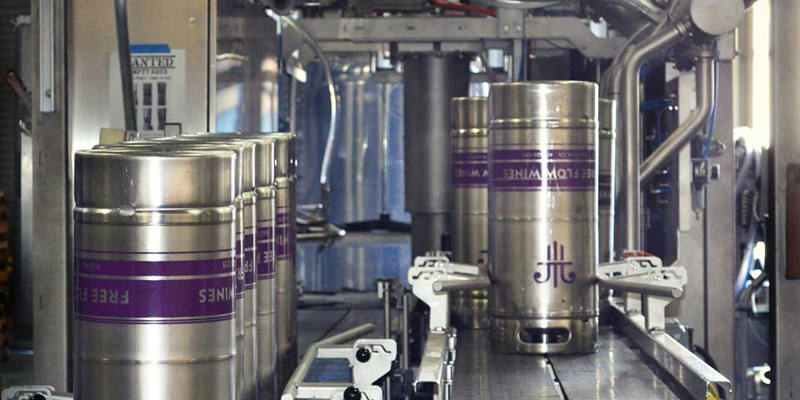 bout 26 bottles of wine, thus a lot of space can be saved. In an opened tank, the content lasts 6 months to one year. They are reusable, but not biodegradable.
bout 26 bottles of wine, thus a lot of space can be saved. In an opened tank, the content lasts 6 months to one year. They are reusable, but not biodegradable.
Paper packing
It is a renewable, recyclable and biodegradable, but the product must be consumed within six months. The company that created this kind of wine packaging, is “GreenBottle”, (in 2011).
As we may see, a plethora of packaging solutions are available on the market for winemakers. However, it is best for them to be consulted by packaging specialists.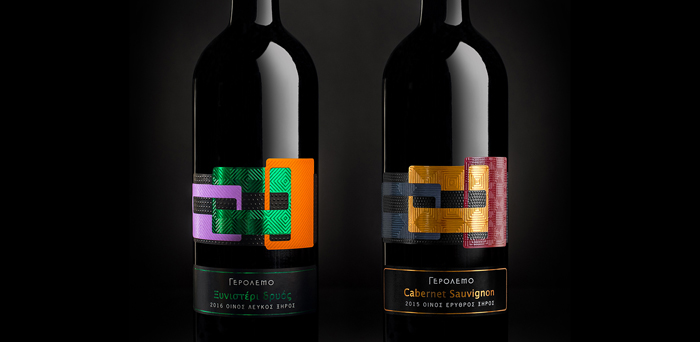
Please do not forget: The right packaging can upgrade a brand, but most of all, wine’s quality must be excellent as well!

